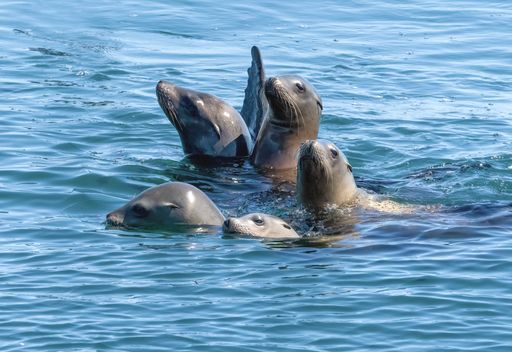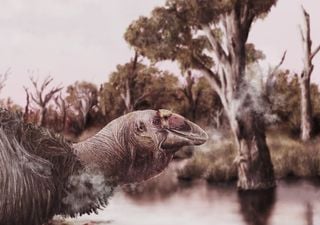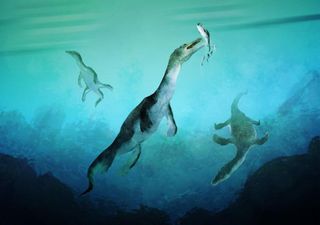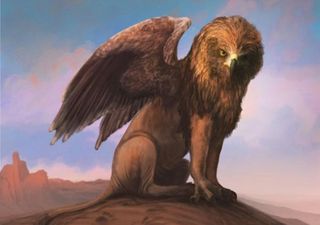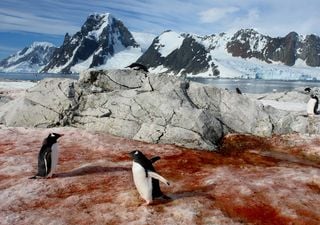A new giant but extinct ambush predator found in Namibia's Ugab River Valley
A new, giant, extinct ambush predator has been described from Namibia. The 3-metre-long adult is one of the earliest ancestors of all modern animals.
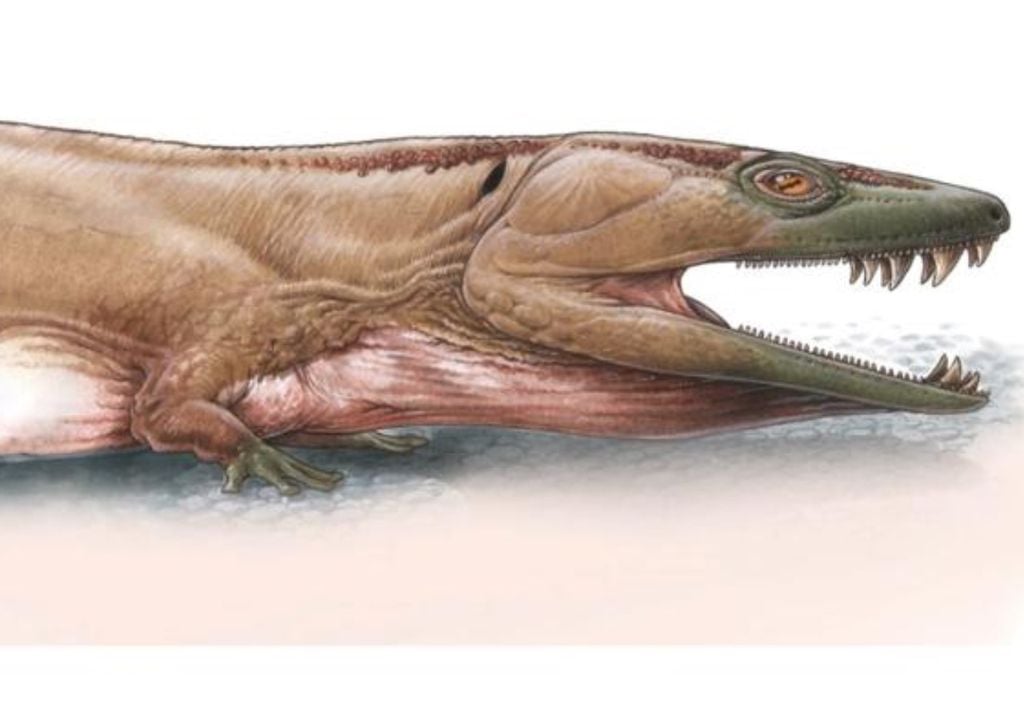
An international team of scientists has announced the discovery of an ancient basal tetrapod from Namibia in a paper featured in Nature. A basal tetrapod is an early, four-legged vertebrate that would have lived during the transition from water to land. These ancient, carnivorous animals are some of the earliest ancestors of modern animals.
The fossil adult is nearly complete and measures 3 metres long. It was discovered in the Ugab River Valley in Damaraland and is the largest ever found. The discovery of this specimen challenges the previous thought that these early tetrapods, which lived around 280 million years ago, were only found in the Northern Hemisphere.
Nearly Complete Find
The researchers were completing fieldwork in Namibia when they spotted something spectacular. “The nearly complete skeleton was preserved in mudstone from an ancient freshwater lake. As the soft tissue decomposed, gases formed that caused calcium carbonate to crystallise around the bones, creating a hard crust that protected them from being crushed as they were buried deeper,” said Prof. Roger Smith, Distinguished Professor at the Evolutionary Studies Institute at Wits and Emeritus Research Associate at Iziko Museums, Cape Town.
Prof. Claudia Marsicano from the University of Buenos Aires, Argentina, described the significance of the fossil find. "As soon as I saw this enormous animal, I knew it was a different species. There is no record of giant basal tetrapods during the Carboniferous-Permian transition (approximately 299 million years ago) anywhere in the world, and certainly none from the southern continents that made up Gondwana. What caught my attention next was the structure of the front part of the skull, which was sticking out of the ground. It showed unusually interlocking large fangs."
Collecting the fossil was not that simple. “The skeleton had already weathered out of the rock, so there was no need for excavation, but the whole team spent hours searching for fragments that had fallen off the skull block and moved downslope,” said Mr. Sibusiso Mtungata, a fossil technician from the Iziko Museum. The specimen was taken to Iziko South African Museum in Cape Town to be prepared in the Karoo Fossil Laboratory, which took two years.
“Mechanical preparation was a challenge because it was too large to CT scan, so I didn’t know what to expect – especially in the palate where teeth of all different sizes were everywhere. And there was up to 10cm of rock around the vertebrae that needed to be drilled away, creating so much red dust that we had to bring in a special extractor”
Backwards-curved teeth
After prepping the fossil, it revealed a skeleton with a large, flattened head, with unusual patterns and unique palate structure. It had large, backward-curved teeth in the upper and lower jaws, something not seen before. Originally, they thought the fossil was a large amphibian, but after some study, it revealed that the skull had features indicating it was a much older four-legged animal.
"We named the new species Gaiasia jennyae. 'Gaiasia' is in honour of Gaias, a nearby desert spring. 'Jennyae' honours Professor Jennifer Clack, an expert in early tetrapod evolution, who sadly passed away in 2020," explained Prof. Roger Smith.
The study strongly suggests that early tetrapods were well-established in the cold-temperate regions of Gondwana, as early as the Carboniferous-Permian transition.
“This discovery challenges previous beliefs about early tetrapod distribution and evolution, which were mostly based on fossils from the northern hemisphere,” said Prof. Marsicano. “Our research shows a well-established early Permian fauna, with Gaiasia as an apex predator, in rocks from high-latitude Gondwana, now located in central Namibia. This challenges previous ideas and proves that the early history of tetrapods in Pangea during the Palaeozoic was much more complex than we thought."
The specimen will soon be on display in the Geological Museum of Namibia, located in Windhoek.
Source of the news:
Marsicano, C.A., Marsicano, C.A., Marsicano, C.A., Marsicano, C.A., Marsicano, C.A. and Marsicano, C.A. (2024). Giant stem tetrapod was apex predator in Gondwanan late Palaeozoic ice age. Nature.



